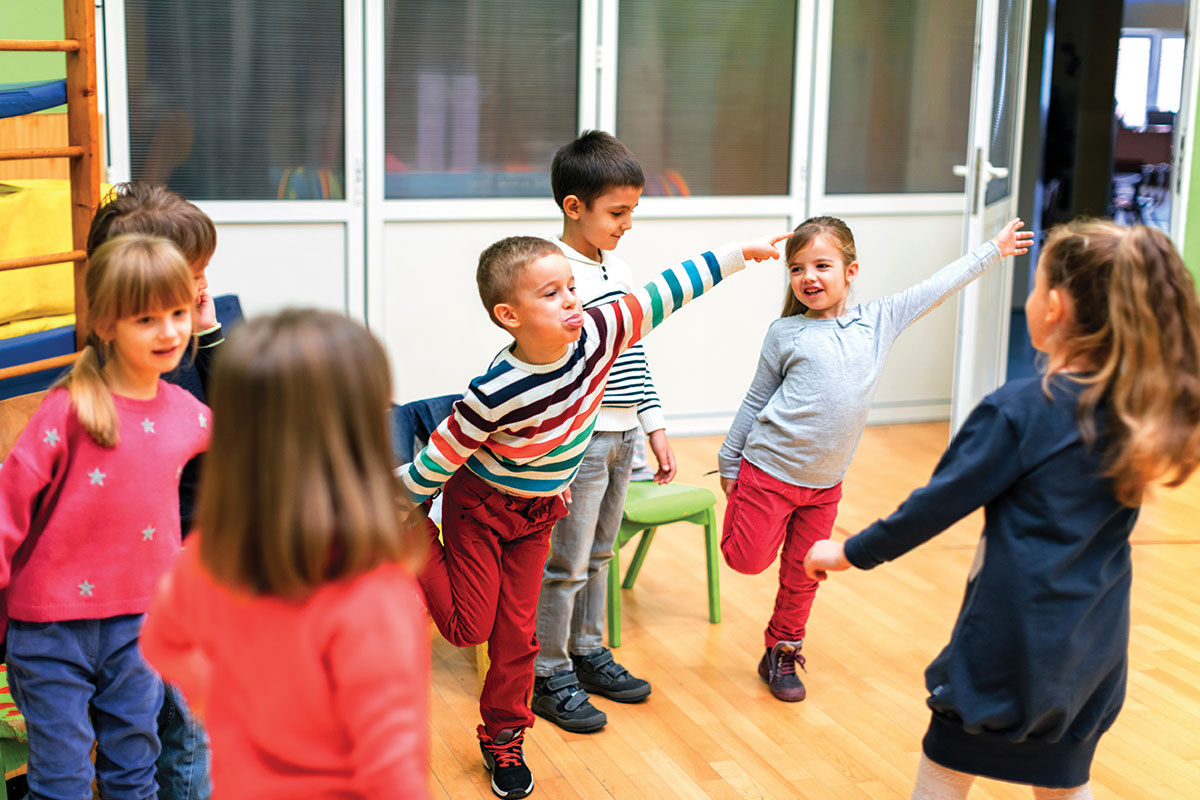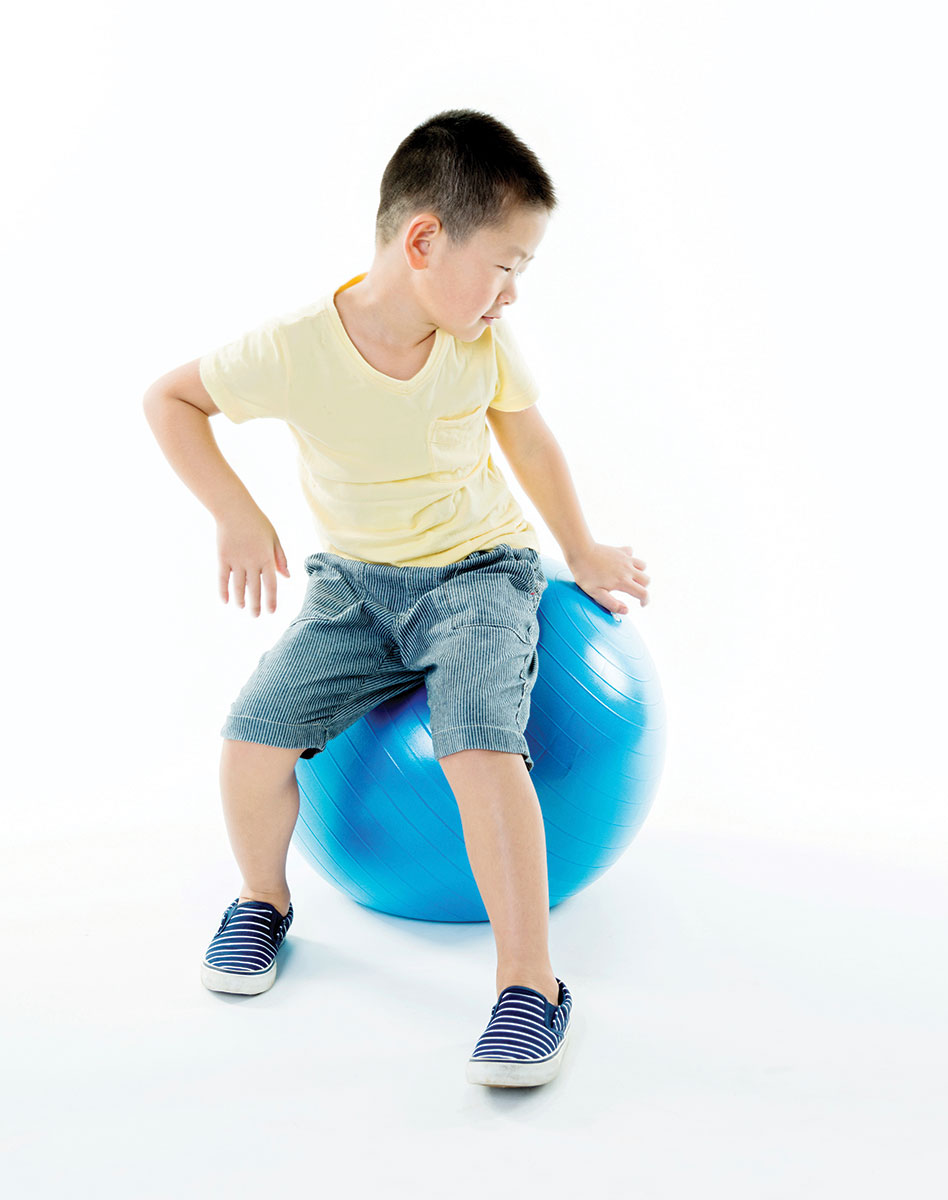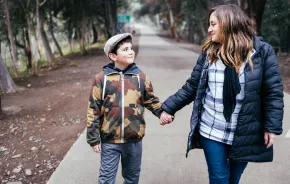
When I was a fourth-grader, I’d tell my teacher the noise level was too loud, and he’d turn to the class and say, “Quiet! It’s too loud for Nancy to concentrate!” His loud, taunting voice cued my shame.
Fast forward to 2016: Many educators now work to create classrooms to help every child reach her learning potential, even if that child needs less clamor or more movement. Schools and districts are building programs around therapeutics and class materials that help children with anxiety, attention deficit hyperactivity disorder (ADHD), autism, sensory issues and other learning challenges feel comfortable and focus.
“The classroom is a really complex, sensory-rich environment,” says Megan Eastman, an occupational therapist at Seattle Therapy Services. “The classroom presents the highest level of challenge for children who have difficulties with sensory processing or with attention or anxiety issues.”
Some schools have official resource rooms filled with these new materials, while other teachers and parents who don’t have access to such programs are improvising with their own kits and supplies.

Good techniques for all kids
Sensory processing is how our nervous systems receive messages from our senses. Sensory processing disorder (SPD) causes sensory signals to either go undetected or not get organized into appropriate responses. So kids with SPD or other sensory issues can have trouble processing visual and audial information, especially in a busy classroom.
Meanwhile, students with anxiety often become overwhelmed faster than other students. Children with ADHD or autism are often kinesthetic learners, meaning they learn better if they can move their bodies. This can be difficult in a traditional classroom setting where sitting perfectly still at a desk is emphasized.
To normalize different learning styles, Seattle-area teacher Abby Mansfield starts off the school year with a lesson on the brain. “We look at the brain together and we talk about different learning styles. We connect that to how we are all different and in our room we will respect everyone,” she says.
Mansfield also classifies each segment of the day into activity types: This is a loud activity; these 15 minutes will involve movement; reading time with be quiet today.
“If a child who learns best when it’s quiet complains to me during a loud time, we brainstorm ways to make it quieter, from using headphones or working in the hallway,” Mansfield says. “I remind them that in 15 minutes, loud time is over and we’ll then move into 30 minutes of quiet.”
Of course, good classroom management is the scaffolding of this approach. On top of that are the tools students can use to either calm themselves down or help focus their energy. Some of the materials are objects that look alluring to — and could help — every student. Occupational therapists (OT) and special education teachers point out that we all have sensory needs, and these classroom tools are for all learners.
Think about what you do in a work setting or conference to meet your needs: politely tell your chatty neighbor you’re having a hard time hearing, take a break (without needing to ask permission), doodle, chew gum, wiggle a leg, says Laura Kett, a Seattle-area pediatric OT. “Making yourself comfortable in an environment is not a special need. We all meet our sensory needs in different ways.”
“One teacher [who] worked with my oldest son offered sensory tools like over-the-ear muffs and other learning options like reading a book on a beanbag to all students. Some were always available, and others had to be earned,” says Angela Fish, executive director at Exceptional Families Network, a Lakewood nonprofit organization that provides education, support and advocacy services for families of children with special needs. Her son has autism, SPD and ADHD.
“The students who used the readily available sensory tools the most were those without learning differences. Since the stigma of being different was removed, the kids who needed those tools the most didn’t actually have to use them as much as they might typically need to,” Fish says.
A wide range of tools
Fidgets are sensory tools designed for kids who otherwise might rip paper or bounce their feet to help them increase attention and concentration while reducing stress and anxiety. While OTs and teachers have always created gizmos from everyday objects, fidgets and other materials are now more widely available, especially online. Increasingly popular tools that can help kids self-regulate and focus on learning include:
- a yoga balls
- a classroom chair
- surgical tubing tied across the bottom of the legs of a chair to hook feet into and push against
- wiggle seats (a nubby, rubberized seat cushion that functions like a tiny yoga ball)
- stress balls (some are smooth, and some are tactile)
- a soft pencil grip
- kneadable erasers
- pipe cleaners or twist ties a piece of paracord
- fuzzy fabric or a smooth stone that children can keep in their pocket and rub between their fingers
- thinking putty (also called therapy putty) for kids to play with, often below their desks
- a white board, so mistakes can be erased graphic organizers for writing tasks
- a standing desk or a standing table at the back of the room for kids who need to stand
- break cards so kids can take breaks in the hallway when they need without calling attention to themselves
- flip charts that implement colors for better communication: green (no help needed), yellow (I need help but it’s not urgent), red (I need help right now); charts can also be used to indicate whether a child wants to read out loud during reading (green)
- assigned chores, such as bringing the attendance list to the office, for movement breaks noise-canceling headphones a visual schedule of the day on the board
- chewing gum
Teaching kids how to use these tools appropriately is part of the process, and the tools can be put away if they become distracting to the child or other students. “Learning is about keeping that match lit. When your brain works differently, your match can burn out faster,” says Megan Reimann, a coach and learning specialist at the Hallowell Todaro ADHD Center in Seattle. “We teach kids how to modulate their attention and focus. Kids learn what they need to do to keep that match lit, whether that means standing, using a wobble stool or a camp chair that squishes then up or laying on the floor.”
If you think your child may benefit from using learning tools, local educational specialist Zoe Leverson recommends using your home for a trial run first. See what your child does while bored at family dinner: Does she chew on her sleeve, or bolt and climb the walls? Give your son a Koosh ball while he reads a book and see if it helps.
Then talk to your child’s teacher. Ask if your child is having trouble paying attention in class. “If the teacher agrees, say, ‘We’re noticing this tool really helps at home. What do you think will work for our child?’ The more you can work as a team with the teacher, the better,” Leverson says.
A school’s OT is also a resource for every student in every classroom, even if a student doesn’t have an individualized education plan. Some parents ask their child’s private OT (whom they see outside of school) to come and observe the classroom.
“We see what environment the teacher has already cultivated. The teacher’s goals for their classroom are really important,” Eastman says. “After observing the child in that setting, we really tailor our recommendations so the tools are successful for both the teacher and the child.”
Really simple tools can be easy but powerful ways to help a child succeed in a classroom. When putty play under a desk or extra movement breaks correlate to an improved classroom experience, a student builds not only academic success but also self-esteem. That is a vast improvement upon the embarrassment I once felt every time my teacher teased me for requesting a quieter classroom.











